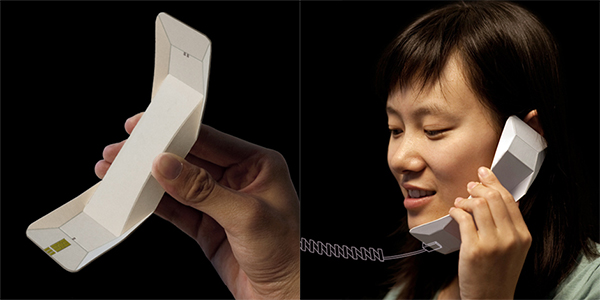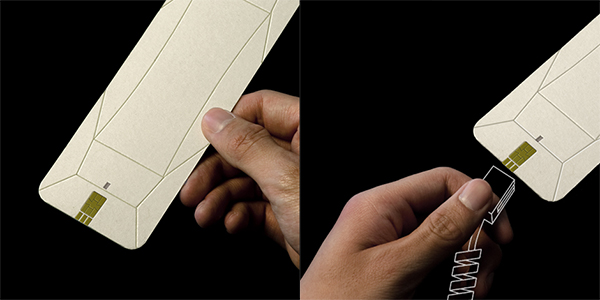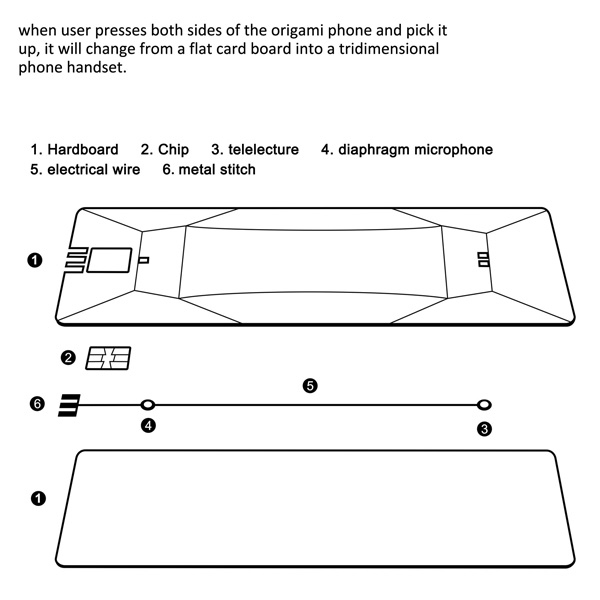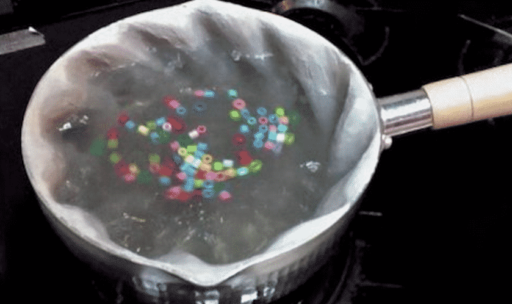Designer Chengyuan Wei took apart a telephone handset and discovered that the important bits only took up a small space of the interior. A minimalist design for this concept inspired by the ancient Japanese art of paper folding that could in future become a reality.
The phone is both minimal and efficient. You simply pick up the piece of paper to answer and dial, and the phone changes from a flat surface to a tri-dimensional object.
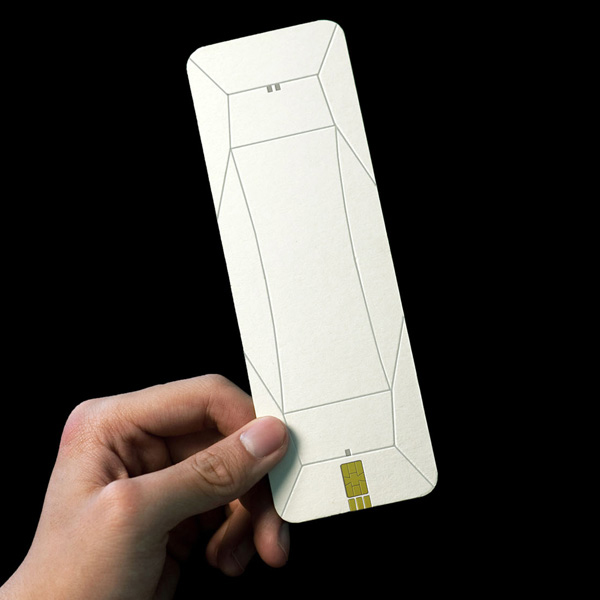
Wei said on his website that our attitudes towards things are “often sculpted to adapt to systems because there usually isn’t a second choice. ” Wei uses the telephone as his example. And when Wei is talking about the telephone, he’s referring to actual telephones, not the slim body of the iPhone. He said that actual telephones are used less and less, yet there are still thousands of telephones being made each day that all look pretty much the same. There haven’t been a lot of changes to the designs throughout the last few decades.
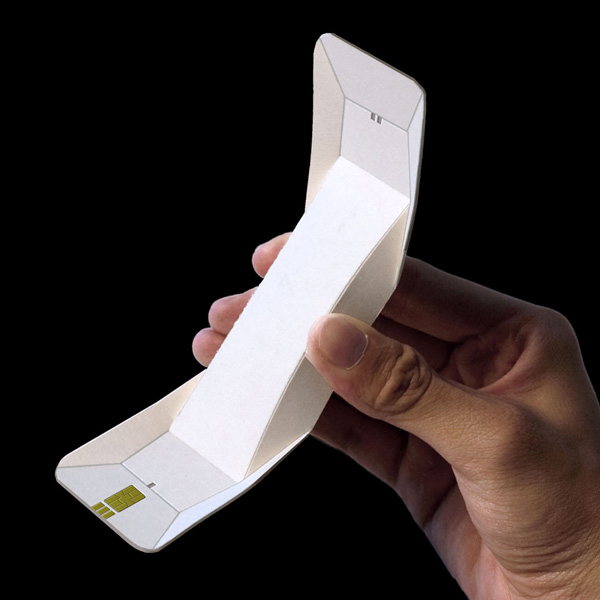
He took apart a telephone set and found that all the working parts actually make up a very small piece of the large handset. So, Wei came up with a concept to design a unique handset that’s light and whose structure is made out of efficient material. In this case, it’s paper.
Bitrebels brings up a good point that these phones would be great to use as disposable phones. If you’re traveling in a country for longer than just a quick vacation, you may actually need a phone that works in that country. Instead of buying a brand new cellphone, you could use one of these disposable phones and hypothetically rip it up when you were done so that no one else could use it. Seeing as it’s Earth Month, we hope these phones are recyclable.
It’s a unique concept, but unless it’s made with recycled paper I don’t think I’d like a disposable paper handset to be mass-produced.
[ttjad keyword=”general”]

